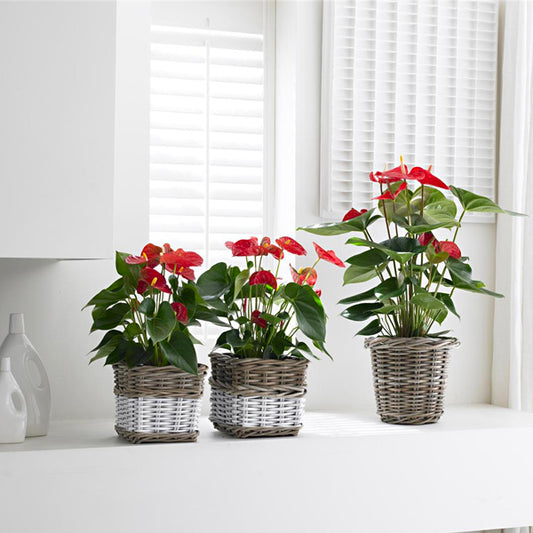Botrytis causes small brown rotting spots on orchid blooms when the air is cool and damp, as well as locations with poor air circulation and limited sunlight. Petal blight typically is not fatal to plants, but it commonly ruins the look of affected flowers.
Botrytis fungi produce spores, and they are moved into place by wind and rain and are most aggressive after long periods of wet weather. Disturbing infected plants may release spores into the surrounding growing area.
Symptoms


Damp conditions, rapidly rising humidity or Botrytis is a fungus that shows up as little black or light brown spots on the orchid’s flowers. To help prevent botrytis from spreading, always remove wilted blooms or those that have already fallen off of the plant. You will want to remove any affected flowers using a sterile instrument and then spray the area where you’ve removed the bloom with a fungicide. Botrytis is contracted through leaving moisture on the flowers, usually after watering. The droplets of water left on the flowers encourage the growth of Botrytis.
Treatment
Treatment of all fungal or bacterial diseases starts with the following:
- Isolate the plant from other plants in your collection.
- Remove or Cut all the infected leaves/canes/roots or parts of the plant with a sterilized tool.
- Each time the cutting tool contacts infected tissue, it should be sterilized before making a second cut.
- Chemical treatment with following on all plants in the collection.
Once the disease of spotting occurs, as it primarily damages the flowers there is no removing it, only preventing future occurrences. Application of a fungicide like the below is needed to prevent further outbreaks.
Following Fungicide is effective:
- Chemical Name: Thiophanate methyl, (Brand: Roko, Topsik etc.) 1g/L of water
Keeping the plants drier will help to keep the infection from spreading or appearing again. Isolate the plants and observe the plants for 1-2 weeks. And apply another round of control spray with any of the above fungicides. Spray the plants early morning and keep the plants dry after the spraying. Don't water the plants same day spray treatment is done.
Prevention
- Avoid Over-watering
- Provide good circulation
- Frequent Inspection
- Isolation of suspicious plants
- Precautionary control sprays

